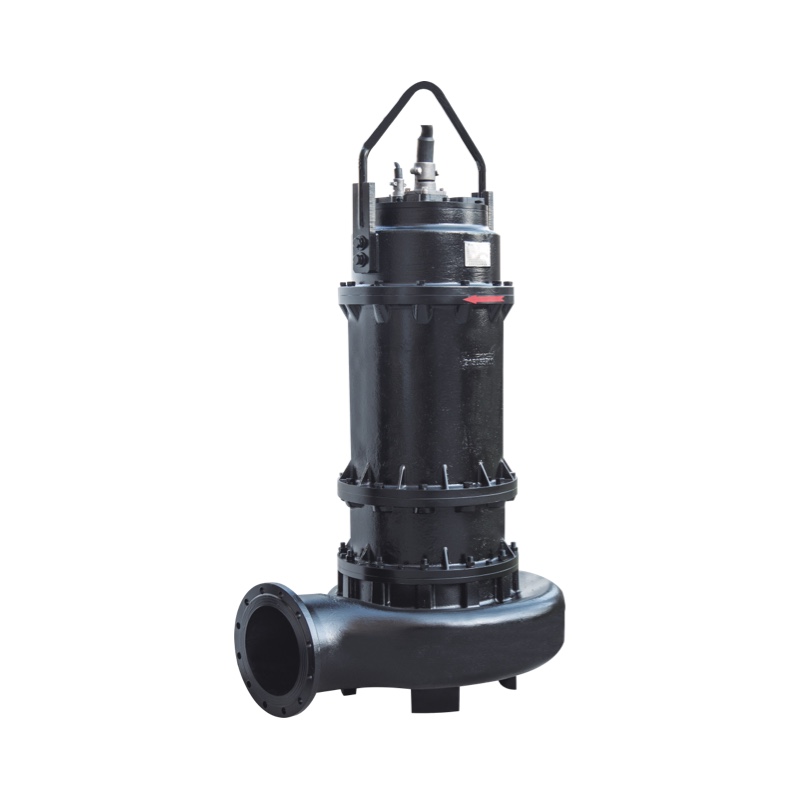close
Choose Your Site
Global
Social Media
Views: 0 Author: Site Editor Publish Time: 2024-06-06 Origin: Site









Submersible pumps are indispensable tools in various industries, ranging from agriculture to wastewater management. They are designed to operate while fully submerged in the fluid they are pumping, which makes them highly efficient and effective for a wide range of applications. However, with so many types of submersible pumps available, it can be challenging to determine which one is best suited for your needs. In this article, we will explore the different types of submersible pumps and the factors to consider when choosing the right one.
Deep well submersible pumps are designed to extract water from deep underground sources. These pumps are typically used in residential, commercial, and agricultural settings where water needs to be drawn from deep wells. They are highly efficient and can pump water from depths of several hundred feet.
Sewage submersible pumps are specifically designed to handle wastewater and sewage. They are commonly used in municipal wastewater treatment plants, industrial facilities, and residential septic systems. These pumps are built to handle solids and other debris that may be present in the wastewater.
Grinder pumps are a type of sewage pump that includes a grinding mechanism. This mechanism grinds up solid waste into smaller particles, making it easier to pump through the system. Grinder pumps are ideal for applications where the wastewater contains a high amount of solid waste.
Borehole submersible pumps are used to extract water from boreholes or narrow wells. These pumps are commonly used in agricultural and residential settings where water needs to be drawn from deep underground sources. They are designed to fit into narrow boreholes and can pump water from significant depths.
Sump pumps are used to remove water that has accumulated in a sump basin, typically found in the basements of homes. These pumps are essential for preventing basement flooding and water damage. Sump pumps can be either pedestal or submersible, with submersible sump pumps being more efficient and quieter.
Fountain submersible pumps are designed for use in fountains, ponds, and other water features. These pumps are built to operate continuously and provide a steady flow of water to create beautiful water displays. They are often used in residential and commercial landscaping projects.
Slurry pumps are used to handle abrasive and viscous fluids containing solid particles. These pumps are commonly used in mining, construction, and industrial applications where the fluid being pumped contains a high concentration of solids. Slurry pumps are built to withstand the harsh conditions and abrasive nature of the fluids they handle.
Bladder pumps are used for groundwater sampling and remediation. These pumps use a flexible bladder to pump water, which prevents contamination and ensures accurate sampling. Bladder pumps are commonly used in environmental monitoring and groundwater remediation projects.
The first factor to consider is the application for which the pump will be used. Different types of submersible pumps are designed for specific applications, such as water extraction, wastewater management, or slurry handling. Understanding the specific requirements of your application will help you choose the right pump.
The flow rate and head are critical parameters to consider when selecting a submersible pump. The flow rate is the volume of fluid the pump can move per unit of time, while the head is the height to which the pump can lift the fluid. Ensure that the pump you choose can meet the flow rate and head requirements of your application.
The material and construction of the pump are important factors to consider, especially if the pump will be used in harsh or corrosive environments. Pumps made from stainless steel or other corrosion-resistant materials are ideal for such conditions. Additionally, consider the durability and reliability of the pump to ensure long-term performance.
Submersible pumps can be powered by electricity, diesel, or solar energy. The choice of power source will depend on the availability of power and the specific requirements of your application. Electric pumps are commonly used in residential and commercial settings, while diesel pumps are suitable for remote locations with no access to electricity. Solar-powered pumps are an eco-friendly option for areas with abundant sunlight.
Consider the maintenance and serviceability of the pump when making your selection. Some pumps require regular maintenance and servicing to ensure optimal performance, while others are designed to be low-maintenance. Choose a pump that fits your maintenance capabilities and budget.
The cost of the pump is another important factor to consider. While it may be tempting to choose the cheapest option, it is essential to consider the long-term costs, including maintenance, energy consumption, and potential repairs. Investing in a high-quality pump may result in lower overall costs and better performance in the long run.
Finally, consider the brand and warranty of the pump. Reputable brands with a history of producing reliable and high-quality pumps are a safer choice. Additionally, a good warranty can provide peace of mind and protect your investment in case of any issues.
Choosing the right type of submersible pump is crucial for ensuring efficient and reliable performance in your specific application. By understanding the different types of submersible pumps and considering factors such as application, flow rate, material, power source, maintenance, cost, and brand, you can make an informed decision and select the best pump for your needs. Whether you need a deep well pump for water extraction, a sewage pump for wastewater management, or a slurry pump for handling abrasive fluids, there is a submersible pump that is perfect for your requirements.